As you spend a lot of time in your bedroom, it’s important to design it in such a way that you get a good night’s sleep. In addition to looking beautiful, best plants for bedroom oxygen can actually improve your health, mood, and sleep quality, which makes them one of the easiest (and cheapest!) ways to transform your bedroom into a peaceful sanctuary.
Based on studies by NASA, several common best plants for bedroom oxygen have been shown to enhance air quality by purifying toxins and emitting oxygen throughout the night. In addition to these benefits, certain best plants for bedroom can also alleviate allergies and reduce stress levels.
Moreover, they effortlessly elevate the visual appeal of your bedroom. Our carefully curated selection of the best plants for bedroom includes a variety of options, ranging from large house trees to petite succulents.
Notably, many of these low-light tolerant plants require minimal upkeep, so you needn’t worry about accidentally causing harm (yes, we’re talking to you, new plant owners).
The best plants for bedroom style are here, whether you’re looking for a plant that will grow tall with proper care or a hanging plant that will add personality to your room. Don’t forget to choose the best indoor planters to display it in. Check out our guides on the best plants for bedroom for more indoor plant ideas.
Some plants can help your breathing by producing more oxygen. Here’s a list of the ten best plants for bedroom.
Best Plants for Bedroom Oxygen
- Pothos (Money Plant)
Pothos is a beautiful and low-maintenance foliage plant with many benefits. Not only does it improve indoor air quality, but it is also known for effectively removing pollutants such as formaldehyde, benzene, and carbon monoxide from the air.
In fact, it is a great choice for oxygen production and release at night. In an experiment, Pothos demonstrated its high conversion rate by reducing the CO2 levels from 454PPM to 425PPM, resulting in a 6.5 percent decrease in carbon dioxide and higher oxygen levels.
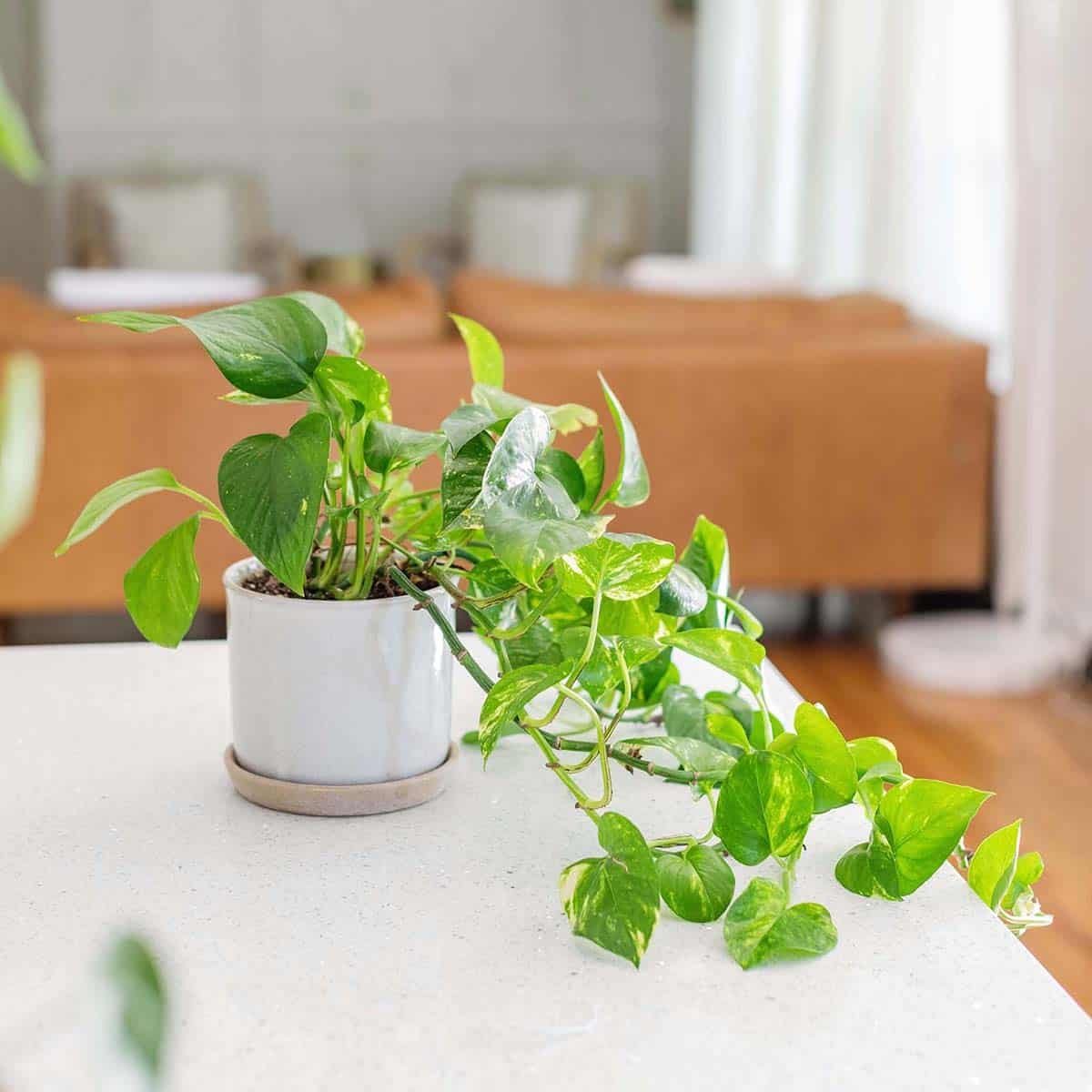
2. Areca Palm
The Areca Palm plant is an excellent air purifier, effectively removing harmful substances such as benzene and xylene. Its high leaf surface area allows for increased oxygen production.
This plant also plays a role in maintaining proper air humidity, preventing dryness caused by air conditioning or furnace use. It thrives in bright, indirect sunlight and warm temperatures, and is native to Madagascar but has become a popular choice for both home and office interiors.
Its attractive appearance, with vibrant green and soft leaves, make it a favorite among plant enthusiasts. Interestingly, having two Areca Palms in close proximity can significantly boost oxygen levels!
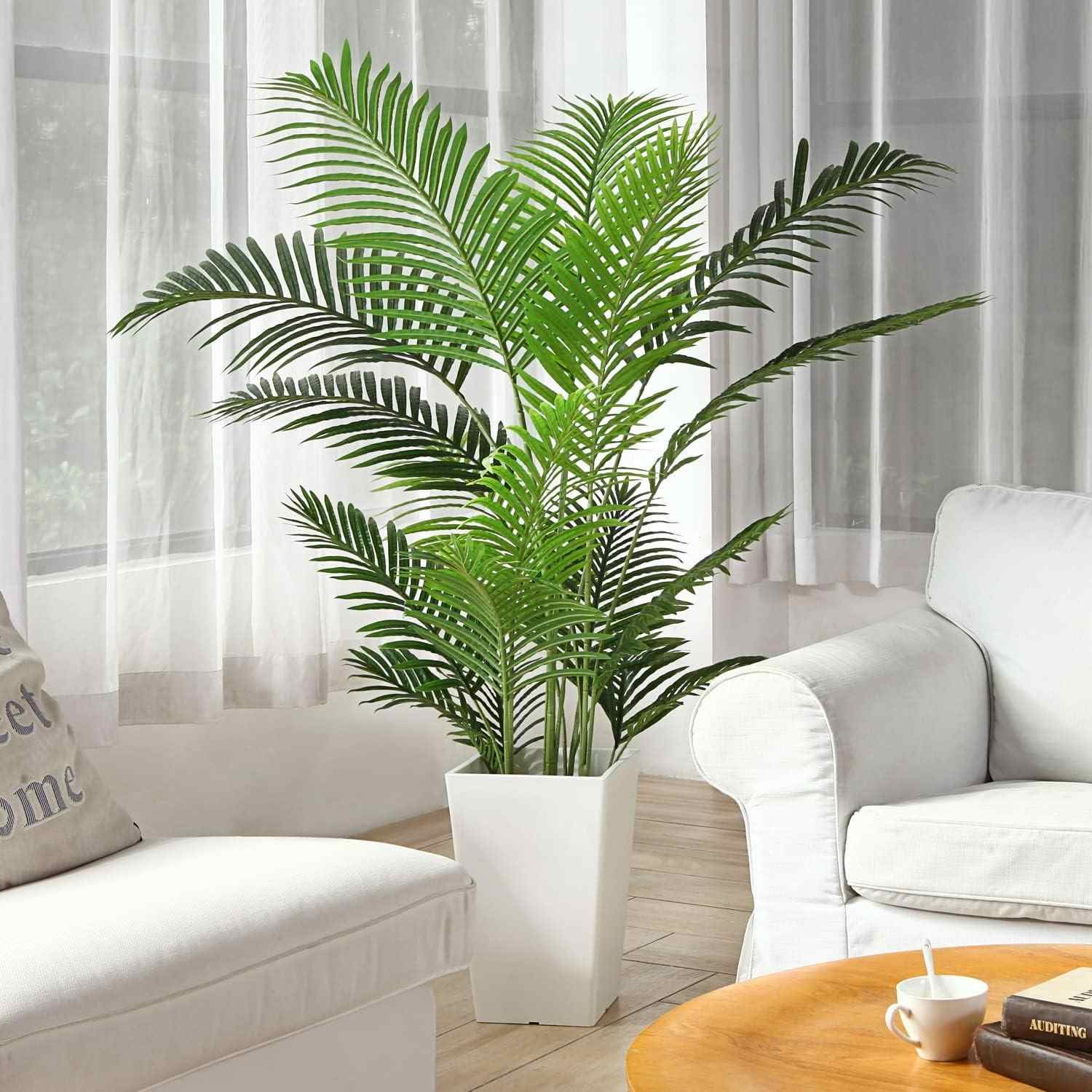

3. Tulsi (Ocimum basilicum )
Can we neglect our sacred tulsi plant? Once a staple in most households, even today many people choose to have it in their homes and worship it. While some may not prefer to keep the auspicious tulsi in their bedroom due to its revered status, those who do can enjoy numerous benefits from this plant.
It releases significant amounts of oxygen at night and has the ability to absorb up to 90% of indoor dust particles. And that’s not all – the delicate aroma of tulsi also promotes peaceful sleep.
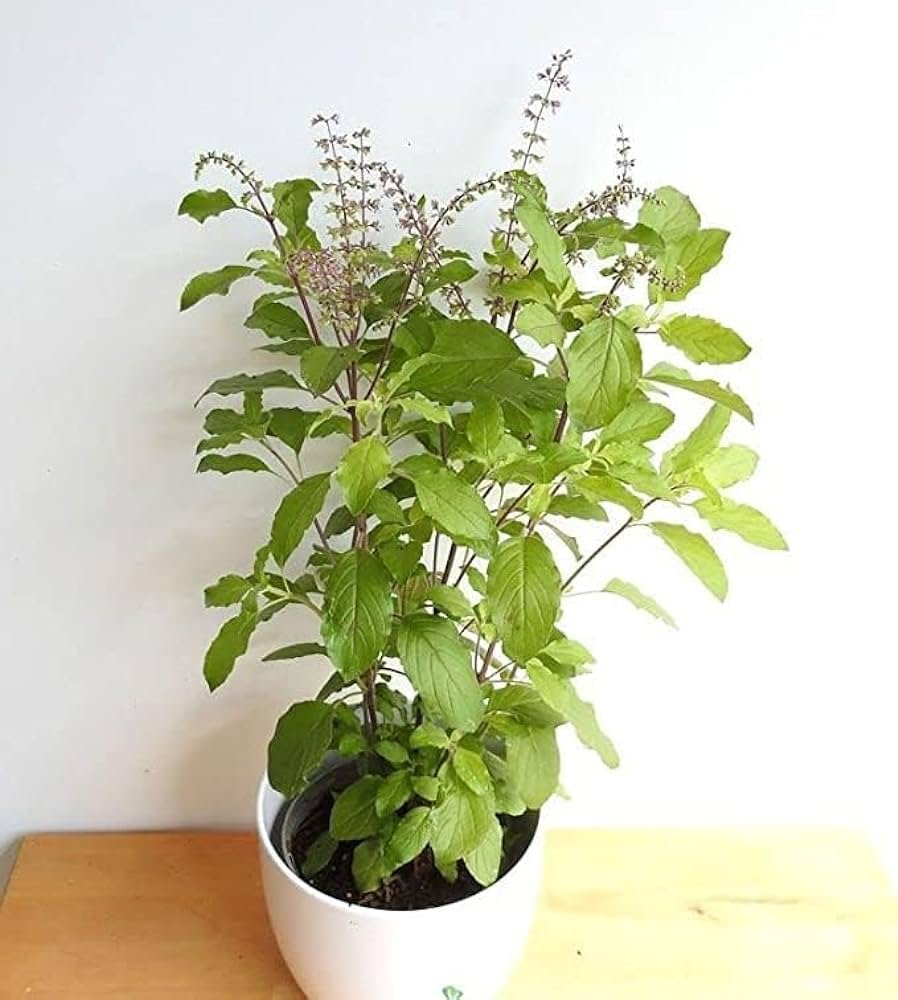

4. Gerbera Daisy
Also referred to as Transvaal Daisy, this particular plant is undeniably the most attractive one on the list. Not only does it serve as a great source of oxygen, but it also adds a pop of color to any room. It has the unique ability to collect carbon dioxide at night, making it a perfect addition to your bedside for improved sleep.
Gerbera Daisies, belonging to the same family as sunflowers, are perennial flowering plants that originate from South Africa but can now be found in North America and Asia as well. With vibrant shades like pink, white, red, orange, and yellow, these daisies bring liveliness and charm wherever they bloom.
Apart from its cultural significance, this plant is believed to have stress-reducing properties. Its long-lasting blooms are available all year round, making it a perfect choice for adding beauty to your home. Don’t hesitate any longer – brighten up your living space with your favorite colors of Gerbera Daisies!
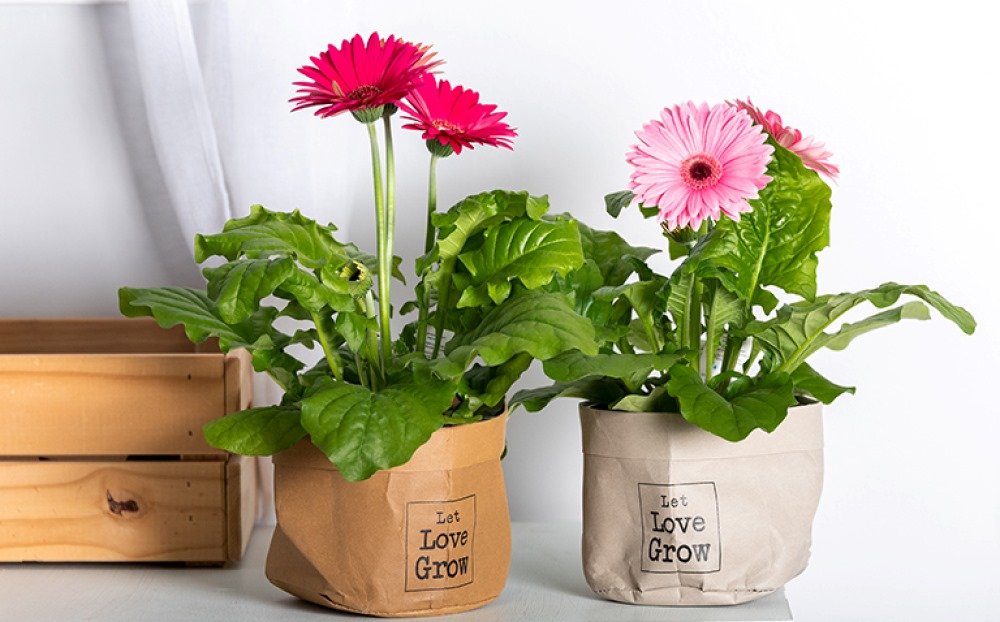

5. Aloe Vera
Renowned for its medicinal qualities, Aloe Vera is a potent natural air purifier. Originating from Africa but now grown worldwide, this desert plant has proven to be highly effective in eliminating formaldehyde from indoor environments through scientific research.
Its easy-care nature, requiring little watering or sunlight, makes it the perfect choice for individuals seeking a simple solution to indoor air contamination. And as a bonus, Aloe Vera not only freshens the air but also offers multiple medicinal uses, including healing burns and aiding digestion.


6. Philodendron Birkin
Put it in mid-bright to indirect sunlight and water it once or twice a week. Find the perfect planter and it’s the perfect bedside plant.
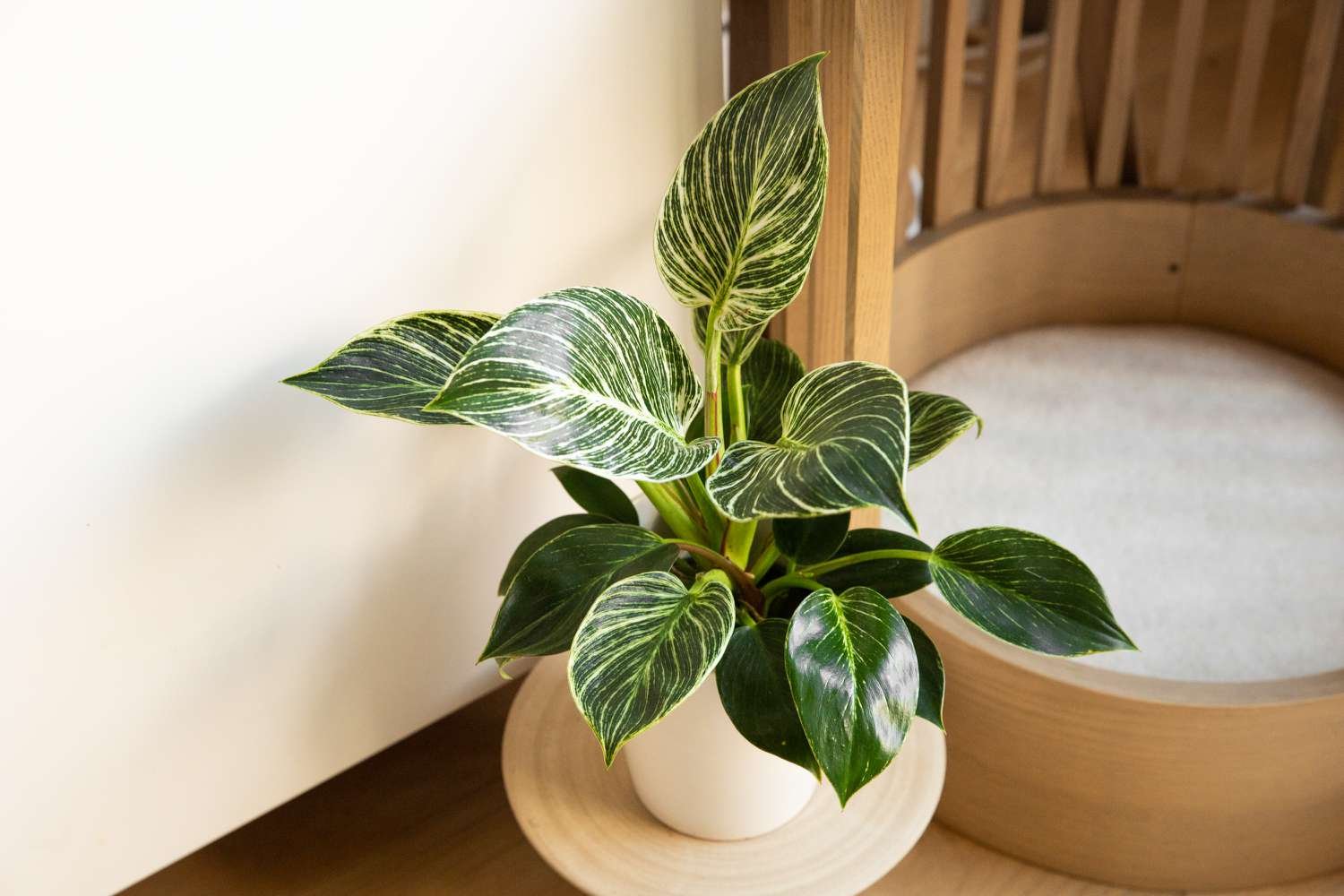

7. Peace Lily
With a striking white flower, peace lilies are not only visually appealing but also believed to bring good luck and prosperity. They are low-maintenance best plants for bedroom that provide a natural way to increase oxygen levels indoors.
Not only do they add an elegant touch to your home, but they also have the ability to purify the air by removing harmful toxins like benzene and trichloroethylene.
These two pollutants are commonly found in both homes and offices, making peace lilies a great addition to any environment. As shown by NASA studies, these best plants for bedroom excel at keeping the air clean and fresh.
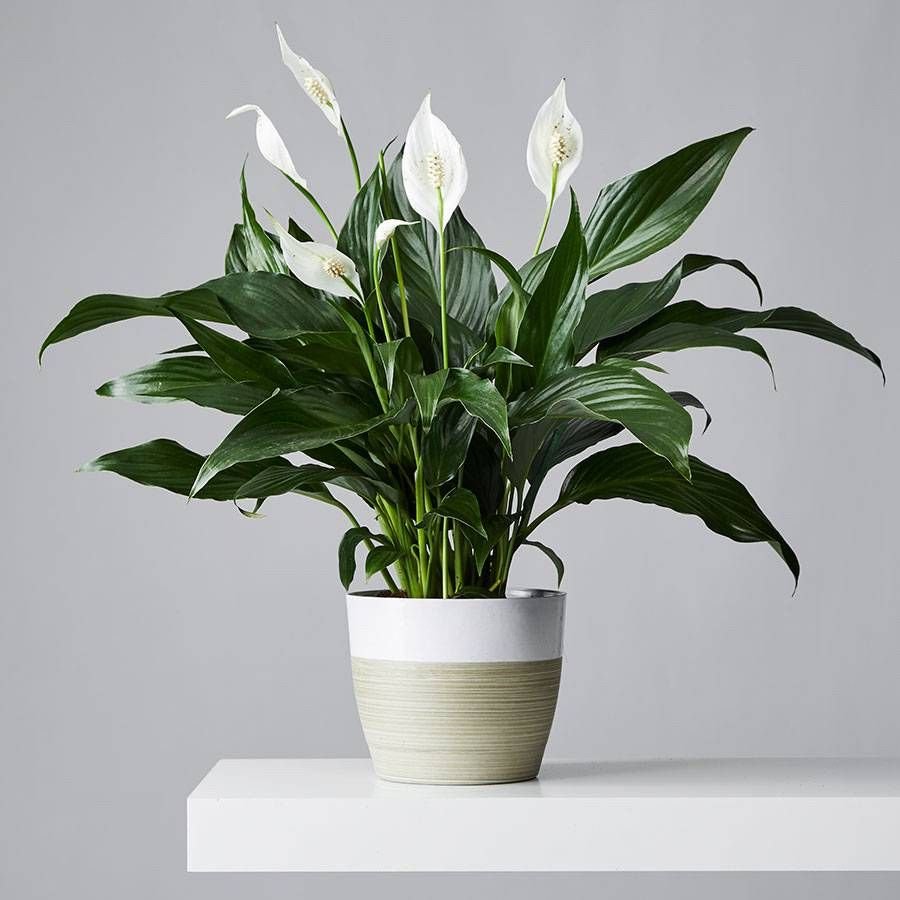

8. Spider Plant
The Spider Plant is highly beneficial for purifying indoor air by absorbing various chemicals such as formaldehyde and carbon monoxide commonly found in both homes and offices. Not only does this plant produce oxygen, but it also emits positive vibes, making it a fantastic addition to any indoor space for managing anxiety and stress.
It thrives in warm environments with moderate to high humidity and indirect sunlight. Interestingly, these best plants for bedroom oxygen are resilient and can even survive in contaminated soils containing metals like lead without complaint.
Another advantage is that Spider Plants are simple to propagate, with one plant producing numerous plantlets. You may have noticed these best plants for bedroom oxygen in hospitals as they are believed to aid in preventing issues with blood pressure and heart rate.
Their beauty is undeniable, making them a must-have household plant. Don’t you agree?
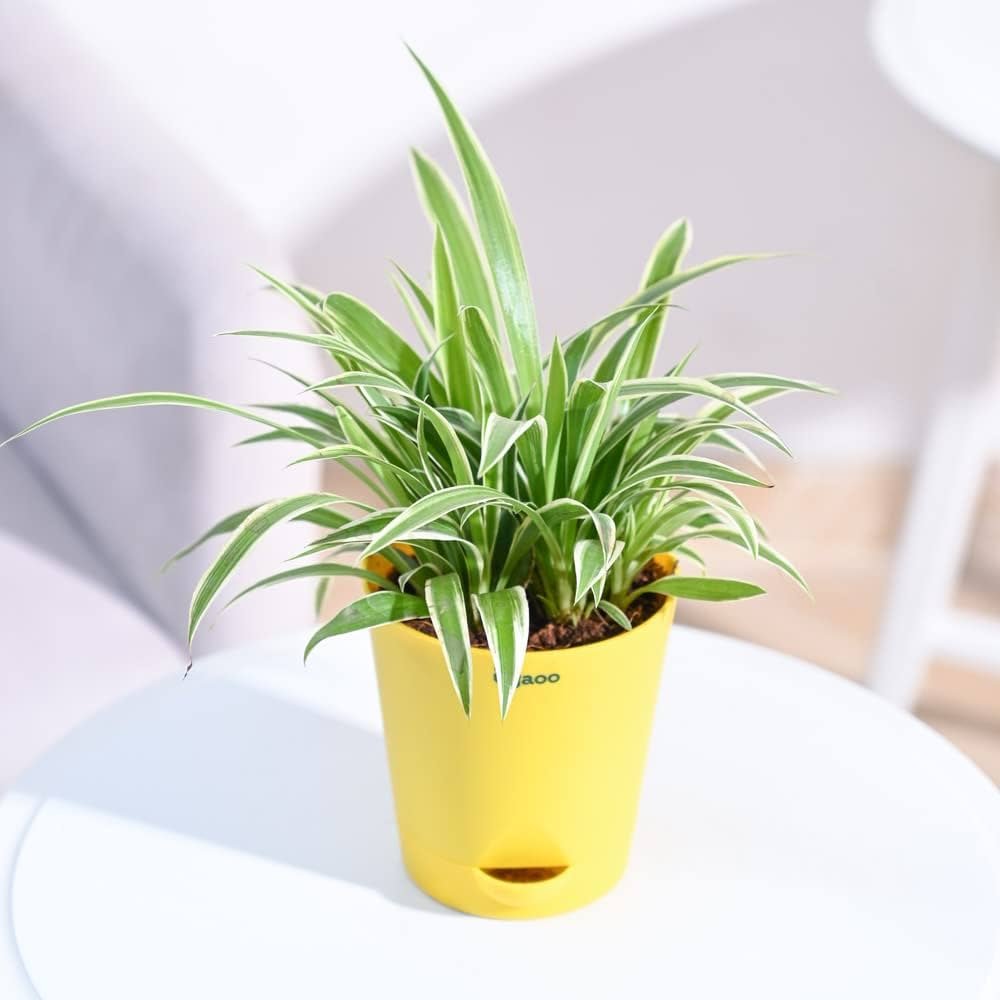

9. Snake Plant
Also referred to as “mother-in-law’s tongue,” this plant is a top-notch air purifier and outperforms other best plants for bedroom oxygen production. It thrives on little water and can endure a wide range of humid environments, making it an ideal choice for any space.
Originating from Africa, these evergreen best plants for bedroom oxygen feature robust, towering leaves, making them the perfect centerpiece. Their striking leaf patterns and sword-like tips make them a coveted addition to many households. Their natural presence effortlessly complements any furniture.
Furthermore, Snake Plants are low-maintenance and commonly found in enclosed areas such as homes and offices. And if you’re still hesitant about adding this plant to your collection, keep in mind that it emits oxygen at night, effectively traps dust particles, and has a pleasing scent that promotes better sleep.


10. Weeping Fig
Also known as ficus tree, the weeping fig is a charming little plant with dense, glossy leaves. Research from Pukyong National University in Busan, Korea reveals that this plant has the ability to increase oxygen levels and filter hazardous VOCs like formaldehyde, benzene, and trichloroethylene.
Multiple studies have shown that these oxygen-producing best plants for bedroom oxygen are highly beneficial and growing them indoors can not only improve indoor air quality but also boost mental strength, immunity, and energy levels.
The plants’ ample surface area allows them to produce more oxygen compared to others due to their abundance of stomata or photosynthesis apertures.
These plants are a fantastic addition to enclosed offices and homes as they effectively screen harmful pollutants produced by regular daily activities while supplying the essential element “O.”
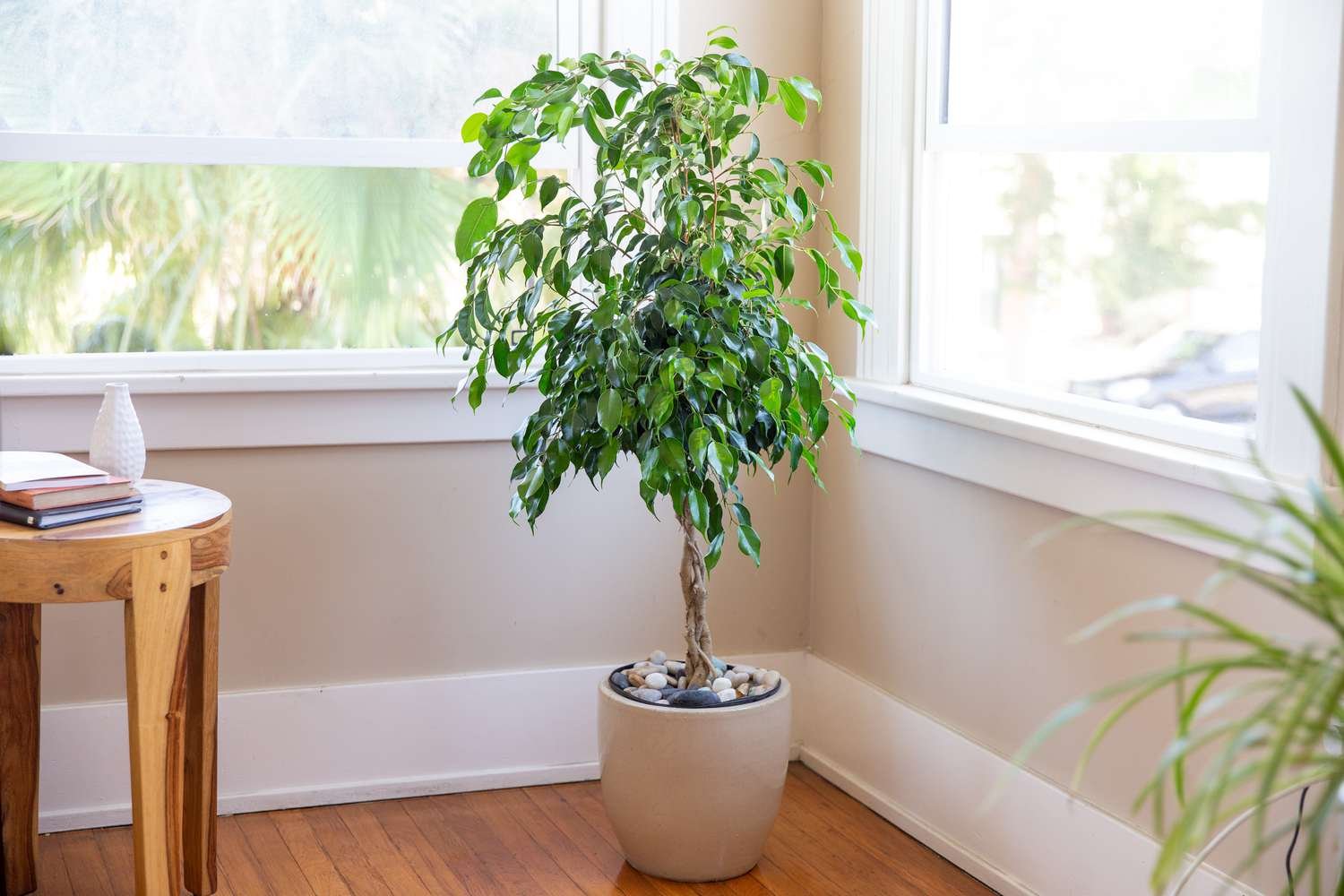

Benefits of Bedroom Plants
Introducing houseplants into your bedroom not only adds a touch of greenery but also enhances the overall quality of life by positively interacting with your body, mind, and home environment. Here’s how:
1. Breathing
One of the fundamental ways plants benefit humans is through their role in the exchange of gases.
While we inhale oxygen and exhale carbon dioxide, plants do the opposite during photosynthesis—they absorb carbon dioxide and release oxygen.
This complementary exchange makes plants ideal companions for humans.
Placing plants in indoor spaces, especially bedrooms, can increase the oxygen levels, enhancing air quality and promoting better breathing.
However, it’s important to note that photosynthesis stops at night, causing most plants to consume oxygen and release carbon dioxide.
Interestingly, certain plants such as orchids, succulents, and epiphytic bromeliads reverse this process at night, absorbing carbon dioxide and releasing oxygen.
Including these plants in your bedroom can help maintain air revitalization while you sleep.
2. Releasing Water
Plants play a significant role in regulating indoor humidity through the process of transpiration.
During photosynthesis and respiration, plants release moisture vapor into the air, significantly increasing humidity levels.
Remarkably, plants release about 97% of the water they consume. By clustering several plants together, you can create a microenvironment with increased humidity, which is beneficial in preventing respiratory issues.
Research from the Agricultural University of Norway has shown that interior spaces with plants can reduce occurrences of dryness, colds, sore throats, and dry coughs.
3. Purifying Air
Plants are natural air purifiers, capable of removing up to 87% of volatile organic compounds (VOCs) from the air within 24 hours, according to NASA research.
VOCs, such as formaldehyde (found in rugs, vinyl, cigarette smoke, and grocery bags), benzene (found in inks, solvents, and paints), and trichloroethylene (found in inks, solvents, and paint), are common indoor pollutants.
In environments with many books and printed papers, benzene levels can be particularly high.
The purification process works as plants draw contaminants into the soil, where root zone microorganisms convert these toxins into food for the plant. This not only cleans the air but also contributes to the plant’s health and growth.
4. Improving Health
The presence of plants can have profound health benefits. Studies from Kansas State University have shown that adding plants to hospital rooms can speed up recovery rates for surgical patients.
Compared to patients in rooms without plants, those with plants request less pain medication, have lower heart rates and blood pressure, experience less fatigue and anxiety, and are discharged sooner.
In office settings, plants have been shown to reduce fatigue, colds, headaches, coughs, sore throats, and flu-like symptoms.
Research commissioned by the Dutch Product Board for Horticulture and studies from the Norwegian Agricultural University found that sickness rates fell by more than 60% in offices with plants.
5. Sharpening Focus
Plants can also enhance cognitive function and concentration. A study conducted at The Royal College of Agriculture in Circencester, England, revealed that students showed 70% more attention when taught in rooms with plants.
Attendance was also higher in these plant-filled classrooms, indicating that plants can create a more engaging and effective learning environment.
Tips for Ensuring Maximum Oxygen Production from Your Plants
To reap the maximum benefits from your indoor plants, it’s essential to keep them healthy and thriving. Here are some tips to ensure efficient photosynthesis and oxygen production:
1. Proper Watering
Correct watering is crucial for plant health. Both overwatering and underwatering can hinder oxygen production and overall plant vitality. Ensure your plants receive the right amount of water according to their specific needs.
2. Appropriate Soil
Using well-drained soil is essential to prevent root rot and maintain good oxygen uptake by the plants. Healthy roots are vital for effective photosynthesis and nutrient absorption.
3. Proper Circulation of Air
Avoid crowding your plants together to promote proper airflow and prevent disease. Adequate spacing allows each plant to breathe and grow optimally.
4. Adequate Sunlight
Place your plants in well-lit areas to ensure they receive enough of sunshine. Frequently rotating your plants can help them develop evenly and stay healthy. Sunlight is an essential part of photosynthesis, the process by which plants make oxygen.
By incorporating these tips and understanding the various benefits, you can create a healthier, more vibrant living space with the help of indoor plants.
Not only will your bedroom look more inviting, but you’ll also enjoy improved air quality, better health, and enhanced well-being.
Rather than spraying chemical-laden air fresheners or burning smoky incense sticks in your bedroom, place one or more of the above-mentioned best plants for bedroom oxygen and sleep like a log until morning.






